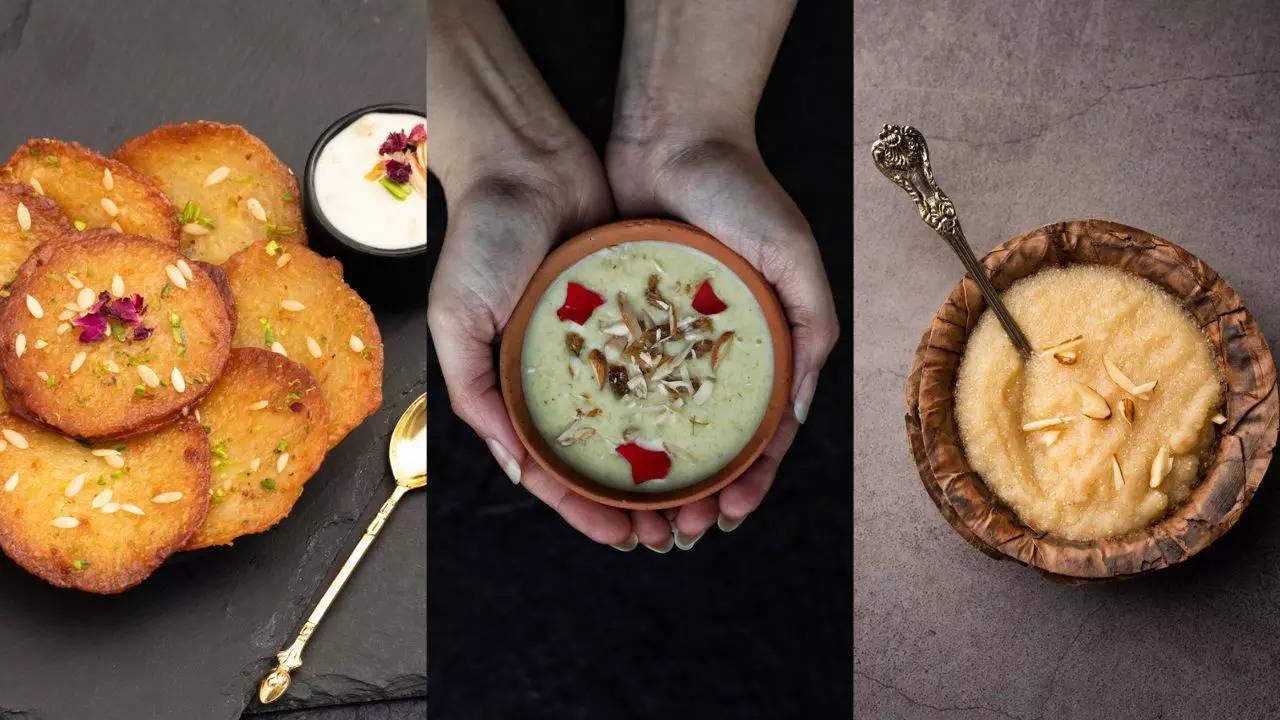Table of Contents

October in India brings with it a slew of festivities. As the monsoons die away and the end of the year looms closer, people are in high spirits with Diwali on their doorstep. Another significant date that falls around the same time is Ahoi Ashtami, a significant day of fasting and prayer in Hindu households. In 2024, Ahoi Ashtami begins at 01:18 AM, October 24, 2024 and Ashtami Tithi will end at 01:58 AM October 25, 2024.
What Is Ahoi Ashtami?
Falling four days after Karwa Chauth, and eight days before Diwali, Ahoi Ashtami is an occasion where mothers fast for their children’s health. In the past it was only observed by mothers with sons, but now all mothers fast for the long life and prosperity of their children.
The Legend Behind Ahoi Ashtami
It’s believed the fasting ritual was born centuries ago with a woman who had seven sons. Once while digging in the forest, her spade accidentally hit and killed a lion cub, and when she returned home she found her sons missing.
She was devastated and when she shared the incident in the forest an old lady told her the lioness had cursed her for killing her cub and advised her to pray to Ahoi Mata – an incarnation of the Goddess Lakshmi – and fast for the day to seek forgiveness. The goddess helped her reunite with her sons and the practice became a regular observation.
The Food Of Ahoi Ashtami
While the day of Ahoi Ashtami is a fasting day, there are a few dishes offered post the fast as bhog and eaten to break the fast.
Halwa
A simple Suji Halwa stands as a cornerstone of Ahoi Ashtami celebrations, with its rich semolina base transformed by generous amounts of ghee and sugar into a sweet dish. The cooking process requires patient stirring until the semolina turns golden brown, releasing a nutty aroma that fills the home. When garnished with almonds, raisins, and pistachios, this halwa becomes not just a dessert but an auspicious offering that symbolises prosperity and maternal blessings.
Pooris
Fried Poori is special in the Ahoi Ashtami thali, with its perfectly rounded shape and golden hue achieved through deep frying in hot oil. Typically 8 are made and offered during the puja. Made from whole wheat flour dough that's rolled into small circles, each poori should ideally puff up like a balloon when it hits the hot oil, creating a hollow centre with a crispy exterior.
Also Read: Mawa Malpua Recipe To Try At Home
Kheer
A familiar addition to festive bhog, Kheer brings the delicate sweetness of slow-cooked rice pudding to the festival feast. Made by simmering rice in full-fat milk until it reaches a creamy consistency, this dessert is perfumed with cardamom and adorned with slivers of almonds and pistachios. The patient process of stirring and reducing the milk symbolises a mother’s endless love and dedication to her children’s wellbeing.
Gulgule
Also known as Pua or Malpua, these are special sweets that bring joy to the festival table and 8 are made and offered during the puje. These round delights are crafted from a batter of wheat flour mixed with jaggery and aromatic fennel seeds, then dropped by spoonfuls into hot oil where they turn into golden-brown spheres and then soaked in a sugar syrup.
Aloo Sabzi
Aloo Sabzi completes the festive meal with its comforting simplicity. Prepared without onion and garlic to maintain its sattvic nature, this potato curry relies on cumin seeds, ginger, and tomatoes for its flavour profile. The potatoes are cooked until tender yet maintain their shape, creating a perfect accompaniment to hot pooris.

